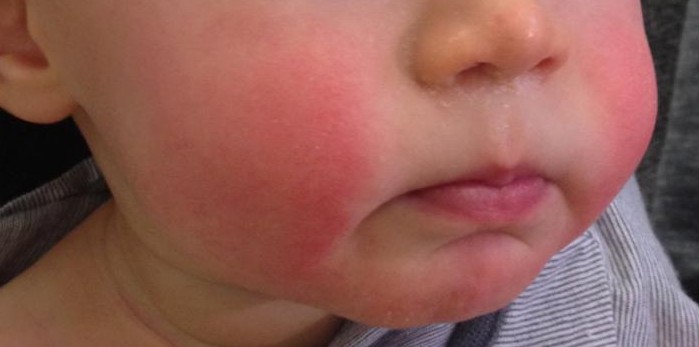What is Slapped Cheek Syndrome? - Dr Yeung Ho Hong 楊浩康 醫生

Slapped cheek syndrome is a viral infection caused by the human parvovirus B19. It is also called fifth disease or erythema infectiosum. Slapped cheek is common and usually affects children between the ages of 4 and 10 years, but can happen at any age. A common symptom is cheeks that look like they have been slapped, which is where the virus gets its name.
The symptoms are usually mild. The common symptoms can include fever, headache, aches, pains or stomach discomfort. After a few days of symptoms, the child may start to have a bright red rash on the cheeks, and may have different rash on their chest, back, arms and legs, which looks like a pink lace pattern on the skin. The rashes can come and go for several weeks, or even months, especially if the skin is exposed to sunlight or after exercise. Slapped cheek is not life threatening and complications are rare.
Slapped cheek is spread by touching or breathing in the coughed or sneezed fluid drops from an infected person. Children with slapped cheek are contagious until 24 hours after their fever has resolved. They will not be able to spread the infection to other people after this time, even if they have a rash.
Enough rest and fluid intake are important to allow the body to fight the infection. Because slapped cheek is caused by a virus, antibiotics are not useful. Paracetamol or ibuprofen can help the child feel more comfortable.
A few children with slapped cheek develop swelling and pain in the joints of their hands and feet. If this happens, take your child to see doctor. If your child has sickle cell anaemia, severe anaemia, is taking long-term steroids or is immunocompromised (has a weakened immune system) due to a medical condition or medical treatment, it is important to tell the doctor.
If your child is unwell with a fever and a skin rash (small bright red spots or purple spots or unexplained bruises) that does not turn to skin-colour (blanch) when you press on it, this may be a sign of meningococcal infection.
